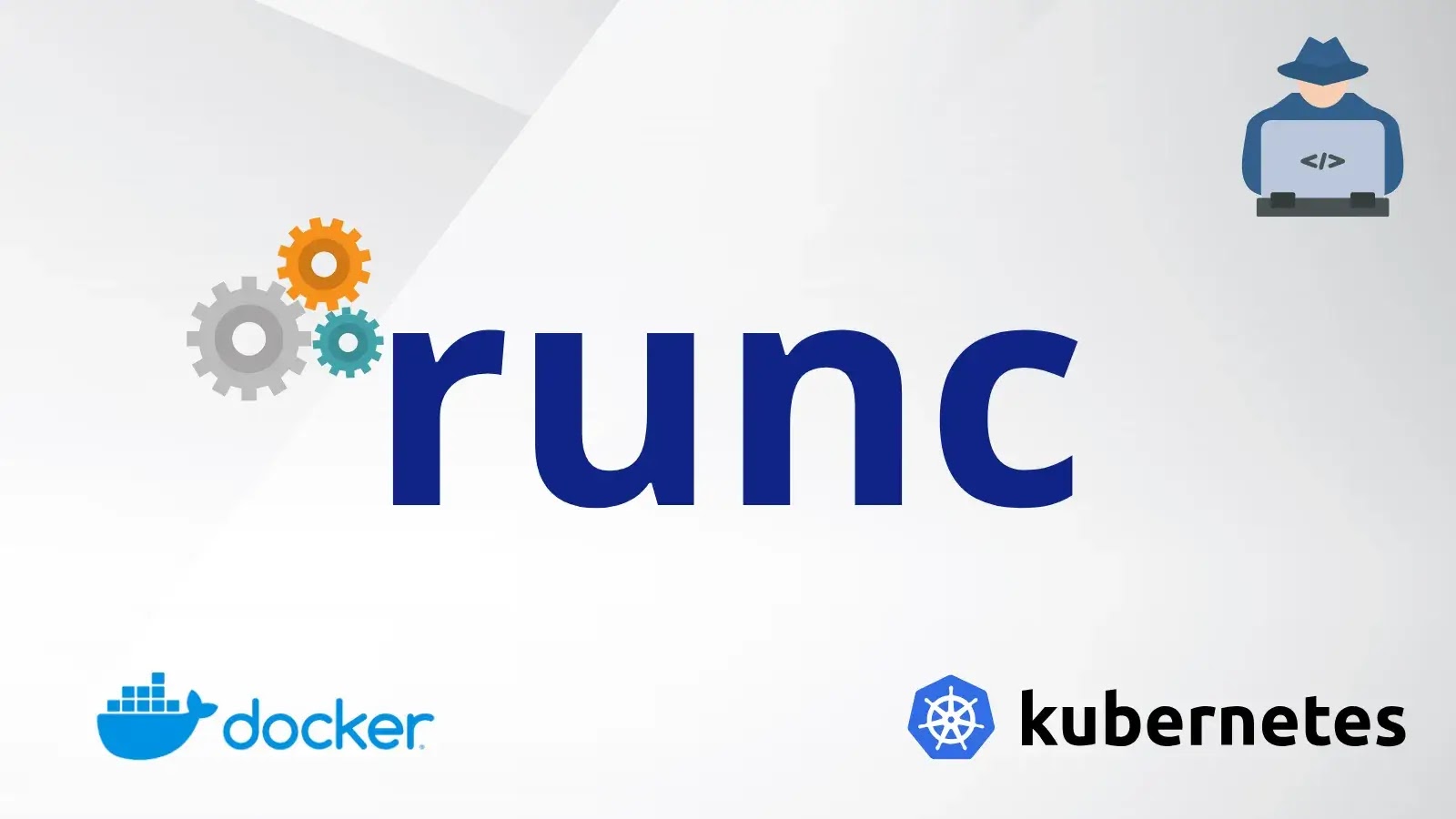
Critical runc Vulnerabilities Put Docker and Kubernetes Container Isolation at Risk
In the rapidly evolving landscape of containerization, the integrity of isolation mechanisms is paramount. Docker and Kubernetes, foundational technologies for modern application deployment, rely heavily on robust container runtimes to maintain this critical separation. Recent disclosures, however, shed light on a series of critical vulnerabilities within runc, the very engine powering much of this innovation. These flaws threaten to undermine the fundamental security principle of container isolation, potentially allowing attackers to breach containment and gain unauthorized access to host systems. While no active exploits have been detected, awareness and swift action are essential for safeguarding your infrastructure.
Understanding the Runc Vulnerabilities: A Breach of Container Boundaries
The core of these vulnerabilities lies in their ability to manipulate the delicate balance of container isolation. Specifically, three critical flaws have been identified, each presenting a distinct pathway for potential exploitation. These vulnerabilities leverage sophisticated techniques to bypass security controls designed to keep containerized applications sandboxed.
- One primary vector involves race mount conditions. This technique exploits timing discrepancies in how the operating system handles file system mounts within a container. By carefully orchestrating these operations, an attacker could potentially trick the kernel into mounting a sensitive host directory directly into their container, effectively bridging the isolation boundary.
- Another critical method centers on procfs write redirects. The
/procfilesystem, orprocfs, is a virtual filesystem in Linux that provides an interface to kernel data structures. By manipulating write operations to specific files withinprocfs, an attacker could potentially redirect these writes to sensitive areas of the host filesystem or even execute arbitrary commands outside the container’s intended scope. This highlights the intricate ways in which subtle system interactions can be co-opted for malicious purposes.
The severity of these issues cannot be overstated. A successful exploitation of these runc vulnerabilities could grant an attacker root access to the host system, completely bypassing all container isolation layers. This level of compromise enables lateral movement, data exfiltration, and the potential for widespread disruption across an entire Kubernetes cluster or Docker environment.
Affected Systems: Docker, Kubernetes, and Beyond
Given runc’s central role as a container runtime, the impact of these vulnerabilities extends across a wide spectrum of containerization platforms. Any environment relying on runc for container execution is potentially at risk. This includes, but is not limited to:
- Docker Engine: A foundational platform for building, shipping, and running containerized applications.
- Kubernetes: The leading container orchestration platform, widely adopted for managing containerized workloads at scale.
- Containerd: A core container runtime that provides a high-level API for managing container lifecycles.
- CRI-O: A lightweight container runtime specifically designed for Kubernetes.
Organizations utilizing these technologies must prioritize assessing their exposure and implementing necessary remediations promptly.
CVE Details and Remediation Actions
While the exact CVE numbers for these specific issues were not provided in the original source, it is crucial to stay updated on official security advisories and patches. Organizations should regularly consult official channels for the most accurate and up-to-date information regarding these vulnerabilities.
When such critical vulnerabilities are disclosed, a proactive and structured remediation strategy is essential. Here are the immediate steps organizations should take:
- Update runc: This is the most critical and immediate action. Ensure all runc installations on your host systems are updated to the latest patched versions. Monitor official releases from the runc project and your container platform vendors for security updates.
- Update Container Platforms: Apply updates to your Docker, Kubernetes, Containerd, CRI-O, or other containerization platforms. These updates will typically include the patched runc versions.
- Monitor Security Advisories: Keep a close watch on security advisories from your container technology vendors and the broader cybersecurity community. Subscribe to mailing lists and RSS feeds for critical updates.
- Implement Least Privilege: Even with patches, adhering to the principle of least privilege for containers is vital. Limit container capabilities and permissions to only what is strictly necessary for their function.
- Regular Vulnerability Scanning: Employ container image scanning tools and host-level vulnerability scanners to detect known vulnerabilities in your environment.
- Runtime Security Monitoring: Implement runtime security monitoring solutions that can detect anomalous behavior within containers and on host systems, potentially indicating an active exploitation attempt.
Tools for Detection and Mitigation
Leveraging the right tools can significantly enhance your ability to detect vulnerabilities and maintain a secure container environment.
| Tool Name | Purpose | Link |
|---|---|---|
| Trivy | Container image vulnerability scanner | https://aquasec.com/products/trivy/ |
| Clair | Open-source tool for static analysis of container images | https://github.com/quay/clair |
| Falco | Cloud-native runtime security for detecting anomalous behavior | https://falco.org/ |
| OpenSCAP | Security compliance and vulnerability scanning for host systems | https://www.open-scap.org/ |
Conclusion: Strengthening Container Defenses
The discovery of critical vulnerabilities in runc serves as a stark reminder of the continuous need for vigilance in cybersecurity. While containerization offers immense benefits in terms of agility and scalability, its security relies on the fundamental integrity of its underlying components. The potential for container escape, especially gaining root access to the host, represents a severe threat to any organization leveraging Docker or Kubernetes.
By promptly applying patches, adhering to security best practices, and implementing robust monitoring solutions, organizations can significantly mitigate their exposure to these and future threats. Staying informed, acting swiftly, and continuously strengthening your container security posture are not just recommendations but imperative steps in protecting your critical infrastructure.





